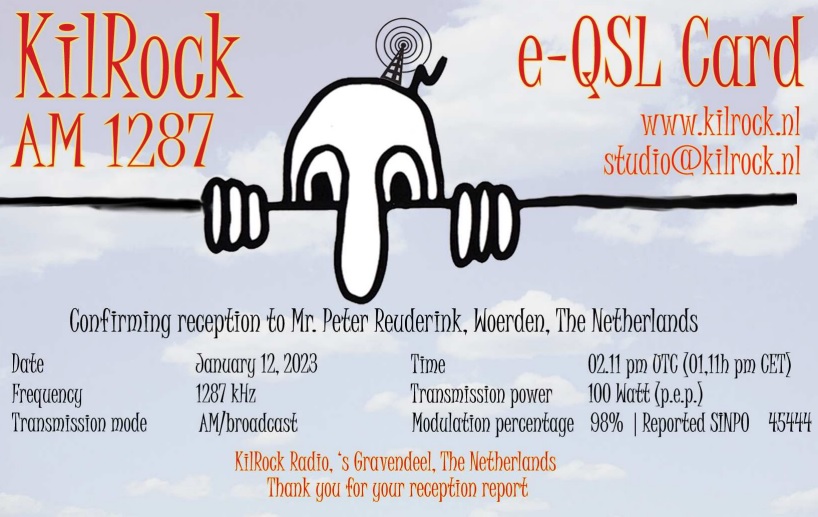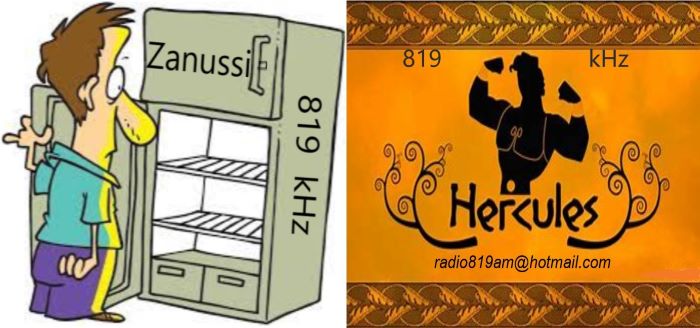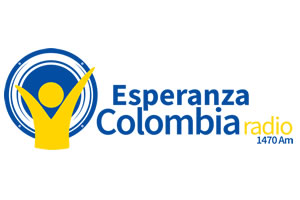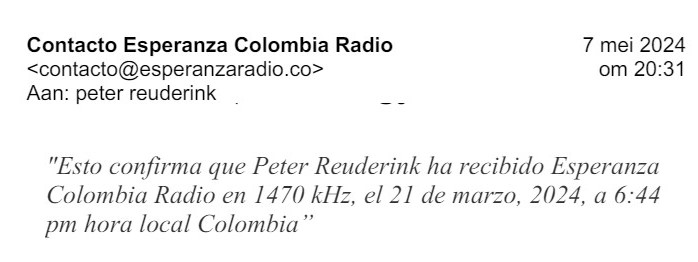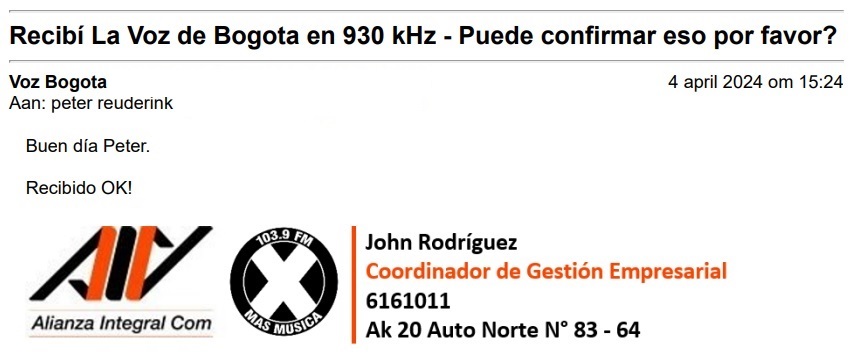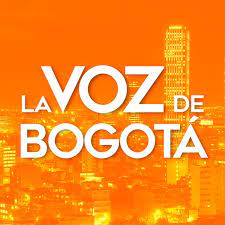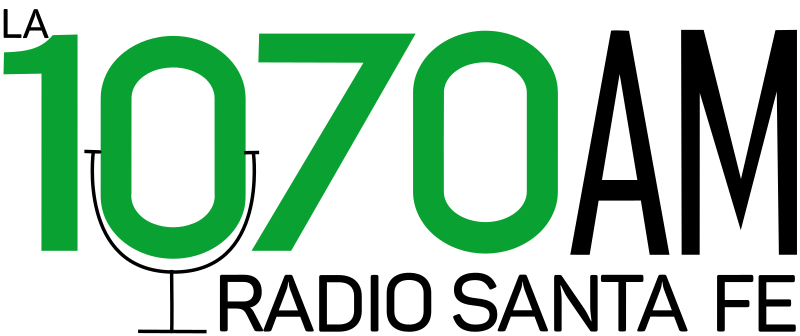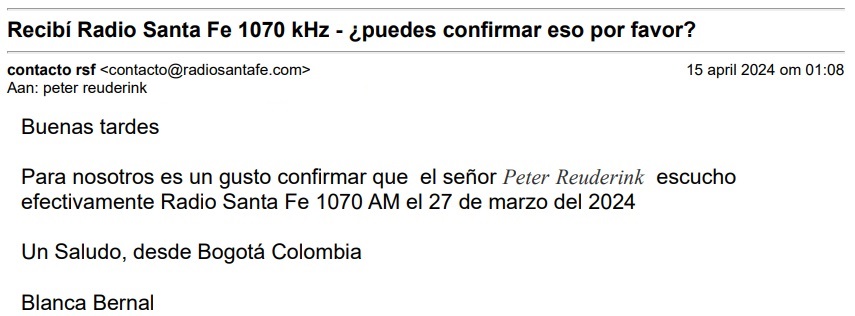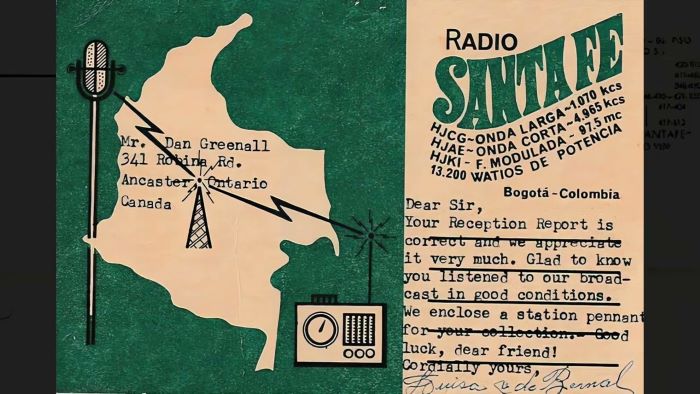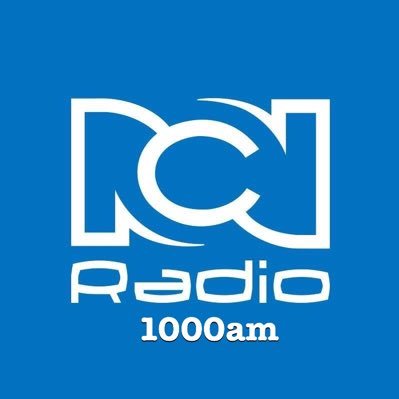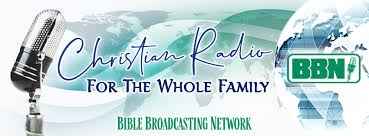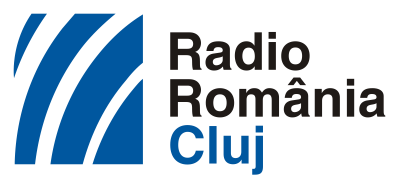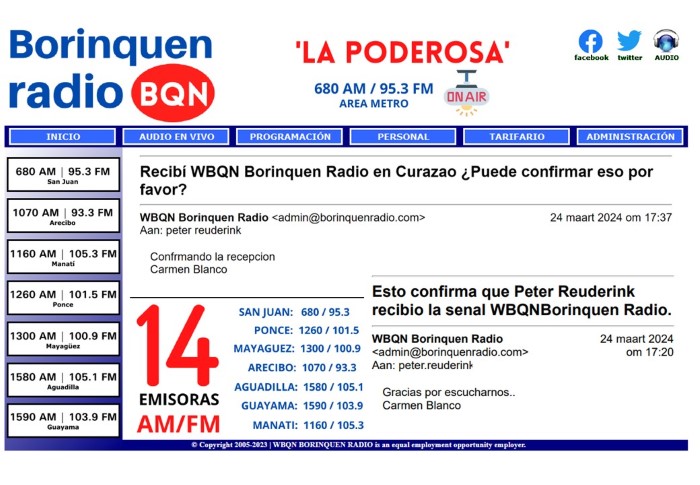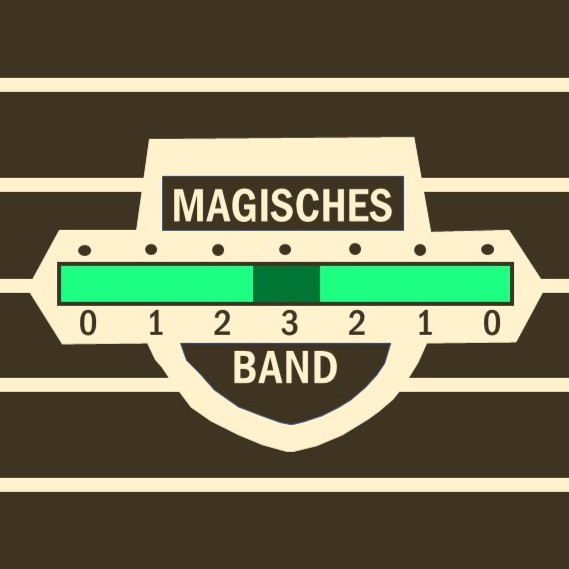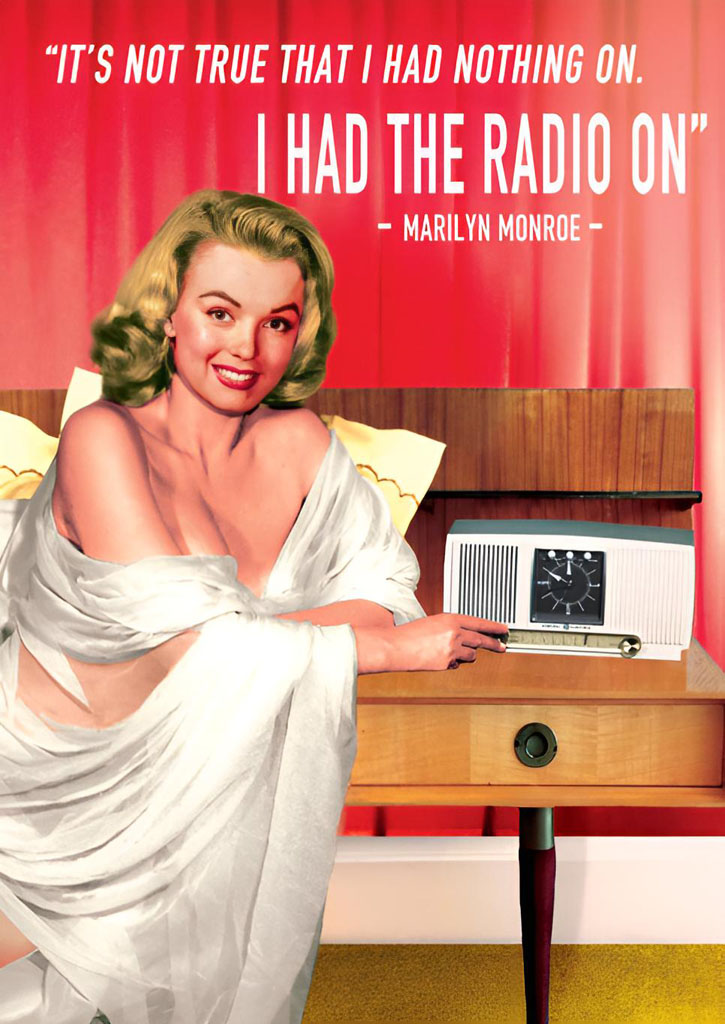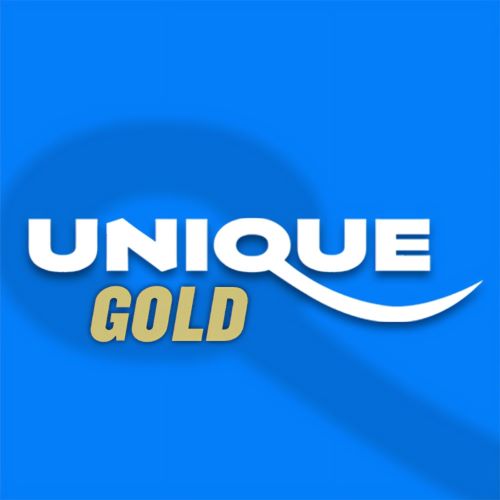
As announced earlier: from June 1st Kilrock Radio on 1287 kHz will be off air as the owner of this LPAM station is moving house. At the same time Unique Gold, currently active on 675 kHz from Wijchen, is planning to add 1287 kHz from Malden. Given the proximity of Wijchen to Malden my guess is that they will use this frequency to broadcast another of the 4 audio streams Unique produce.
I suggested that this might create a conflict with Kilrock Radio when they resume broadcasts. The answer I got from Unique is that they deliberately waited for Kilrock to go off the air. And the owner of Kilrock apparently moves to the province of Zeeland (further away) and might even come back on a new frequency (they have to reapply for a license). If that is the case it will be interesting to see if they retain the name Kilrock Radio, as the “Kil” in Kilrock refers to the river “Dordtsche Kil” close to their current location.
